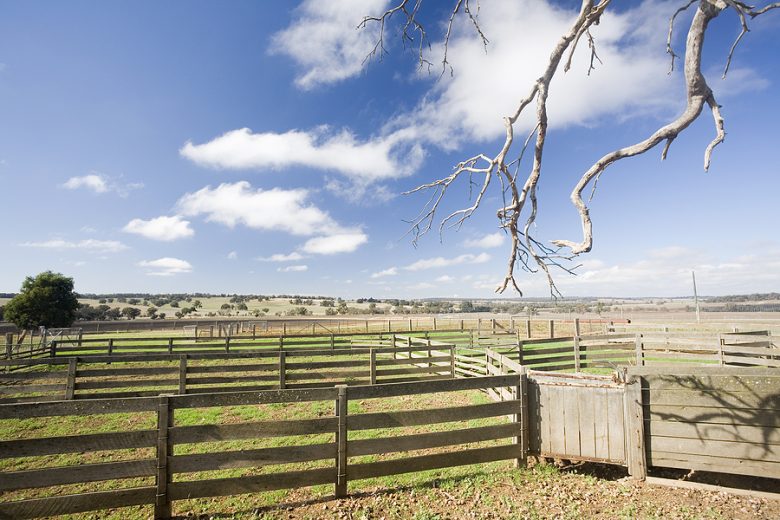The main target for custom stockyards in this environment should be to achieve long-term sustainability. Given the challenges that are placed on these commercial entities, that is no easy task as a large percentage of stockyards fail inside the first 1-2 years of operation. How do operators buck that trend and manage to last the distance?
Consultation With Compliance Parties
The first order of business for developers who are seeking sustainable custom stockyards designed for long-term prospects is to connect with specialists who oversee compliance measures. In many respects, this will be in consultation with industry officials and government bodies who have oversight over these domains, focusing on the stockyards capabilities to handle livestock and implement safeguards. By having them available and on site from the early phases, it will be easier to adhere to these provisions and laws before any issues with compliance are ever flagged from the outside.
Planning for Growth
The creation of custom stockyards in 2023 might have very specific targets in mind, but what could be possible for 2024, 2028 and beyond? These commercial sites should be structured to facilitate growth and to be clever with their allocation of space. This is how operators use a strategic approach, ensuring that they focus on their stockyard principles before leaving space for additional pens, gates, crushes and more. Think about the 5, 10 and 20 year plan before making key decisions.
Access to Livestock Experts on Site
In order for custom stockyards to be developed and designed for long-term sustainability, there needs to be a number of experienced operators at ground level to manage the day-to-day functions of the enterprise. Whether it is cattle, sheep, pigs or other animals positioned in these locations, it is imperative that there are specialists who recognise the demands for feeding, hydrating, movement, shearing, medical access, breeding, milking and beyond. Their intervention allows owners and managers to overcome a number of obstacles on any given day.
Investing in Quality Infrastructure
Although finances will need to be calculated ahead of time with a keen eye on quotes and price lists, the only way that custom stockyards are able to transition from a concept to a thriving business is to have quality infrastructure on site. This will involve chutes, sheds, pens, gates, crushers, manways, race bows and much more. It will lay the foundation for livestock safety, for personnel safety and to drive a more robust mode of operation that doesn’t have to make compromises due to a lack of resources.
Building Around Operational Efficiency
Being able to develop a stockyard environment from scratch necessitates a focus on efficiency. From the placement of the infrastructure to the positioning of space and freedom for vehicles to enter and exit at will, this is where participants are able to plan their asset from top to bottom. Sometimes there will be challenges with this when there is a limit on the space provided, yet it has to be at the forefront of any blueprint to ensure that staff on site and commercial partners do not experience any level of interference during their duties.
Scheduling Progress Gradually
The very idea about long-term sustainability with custom stockyards might suggest large investments in quick time to be up and running, but that is not always the case. In many instances, this is an exercise in acquiring the essentials, starting modestly and gradually building up to add more features and assets on site. By taking this structured approach to the development project, then there won’t be the same level of obstacles that certain custom stockyards experience when they attempt to bypass organic growth cycles.



